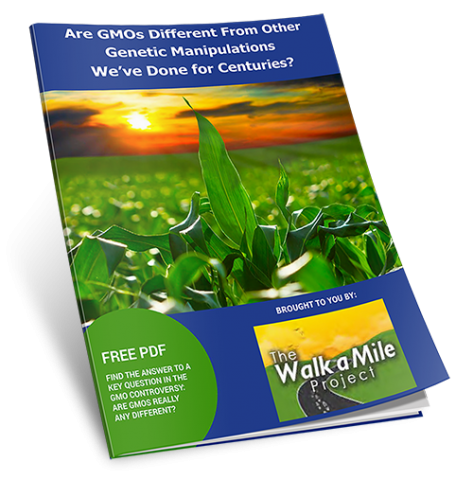7 Things You Need to Know About the FDA’s Approval of GMO Salmon
3. The FDA says it’s safe to consume and poses little environmental risk. Back in September 2010, the FDA stood by the salmon’s safety, answering tons of question (some more thoroughly than others), and doing their best to defend their position on the salmon. Although not without its critics, there are certainly fewer people raising concerns about human consumption safety than there were before the FDA chimed in with its detailed responses. Indeed, Food and Water Watch sent in several detailed questions to the FDA during that time, but in their most recent (and much shorter) letter to the FDA, they instead focused on the environmental concerns we’ve already discussed, no longer referencing the health concerns. Here’s the full text (it’s a long one) of the FDA GE Salmon Responses. This is not to say that people aren’t still concerned about human health risks, but the FDA certainly had answers (whether people agree with them or not) to the questions asked, and they obviously stand behind those answers with confidence in light of the salmon approval. 4. The FDA approves genetically engineered animals based on applications for new animal drugs, not human foods. Wait… WHAT?!? Yes, true story. They even responded to questions regarding this approval process in the document we just referenced in #3 on this list here, and this is what they said:
The definition of a drug in section 201(g) of the FD&C Act includes “articles intended for use in the diagnosis, cure, mitigation, treatment, or prevention of disease in man or other animals” and “articles (other than food) intended to affect the structure or any function of the body of man or other animals.” Because the rDNA construct in a GE animal, such as AquAdvantage Salmon, is intended to affect the structure or function of the body of the GE animal, it meets this definition. FDA therefore regulates rDNA constructs in GE animals under the new animal drug provisions of the FD&C Act.
This sentence in particular serves as a prime example of why people don’t put a ton of faith in the FDA:
Because the rDNA construct in a GE animal, such as AquAdvantage Salmon, is intended to affect the structure or function of the body of the GE animal, it meets this definition.”
As if splicing in DNA from different salmon and a completely different eel-like fish such as the ocean pout is in any way similar to giving an animal a drug. We’re literally altering the genetic makeup of an organism, and instead of addressing it as such, the FDA prefers to put up the “it’s intended to affect the structure or any function” defense, which is absolutely ridiculous. We have enough issues to deal with in the controversial topic of genetic engineering without our key regulatory agency BS’ing us over their own procedures. I have a feeling we’ll be touching on this further over at The Walk a Mile Project as the GMO Controversy Documentary progresses. In an effort to soften the blow of their bizarre regulation choice, they follow it up with this comment:
Although these provisions may not have been written specifically with GE animals in mind, they require a thorough evaluation of the safety of the regulated article with respect to the animal and, where applicable, to humans who might eat food derived from the animal, as well as a determination of effectiveness. These provisions are therefore well-suited to assuring the safety and effectiveness of rDNA constructs in GE animals.
Again, that’s very nice FDA… now re-write your regulatory process for GE animals so that it treats the matter at hand with the thoroughness and caution it demands. [nextpagelink][/nextpagelink]



